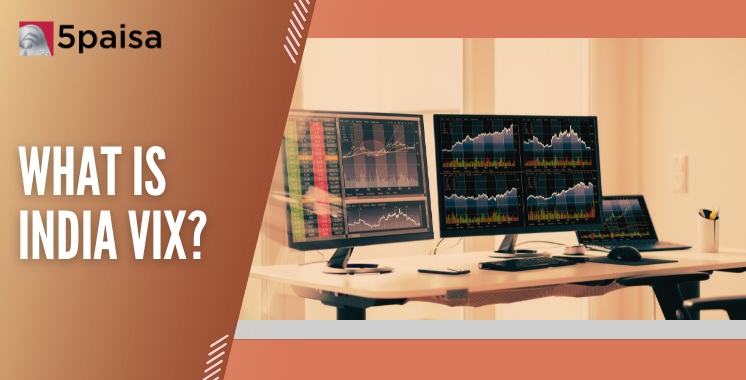Content
- What is the India VIX in the stock market?
- Importance of India VIX Index
- How is India VIX Calculated?
- What are the Factors Influencing India VIX?
- How to Use India VIX for Trading?
- Advantages & Disadvantages of India VIX
- Relationship Between India VIX and Nifty 50
- History of India VIX
- Volatility Index: India Market Applications
What is the India VIX in the stock market?
India VIX, or the India Volatility Index, measures the expected market volatility in the NIFTY 50 index over the next 30 days. Introduced by the National Stock Exchange (NSE) in 2008, it is often called the "fear index" as it reflects investor sentiment and risk perception in the stock market. Unlike price indices like NIFTY, which track stock movements, India VIX focuses purely on market fluctuations.
India VIX is derived from the best bid-ask quotes of NIFTY 50 options contracts, using the Black-Scholes model. A higher India VIX suggests greater uncertainty and potential price swings, while a lower VIX indicates stability and investor confidence. Understanding India VIX helps traders and investors anticipate market fluctuations and make informed decisions.
More Articles to Explore
- Difference between NSDL and CDSL
- Lowest brokerage charges in India for online trading
- How to find your demat account number using PAN card
- What are bonus shares and how do they work?
- How to transfer shares from one demat account to another?
- What is BO ID?
- Open demat account without a PAN card - a complete guide
- What are DP charges?
- What is DP ID in a demat account
- How to transfer money from demat account to bank account
Disclaimer: Investment in securities market are subject to market risks, read all the related documents carefully before investing. For detailed disclaimer please Click here.
Frequently Asked Questions
India Volatility Index (VIX) tracks market volatility in India. A high India VIX number suggests that investors anticipate a significant move in the Nifty. At the same time, a low India VIX value shows investors expect a little move in the Nifty.
For instance, The India VIX normal range is between 13 to 19, and normal volatility over the following 30 days may be anticipated.
The VIX and the Nifty have always been inversely related to one another. When looking at the India VIX Historical Data, we see correlation ranges between -0.80 and -0.85. This testifies to a significant inverse relationship.



